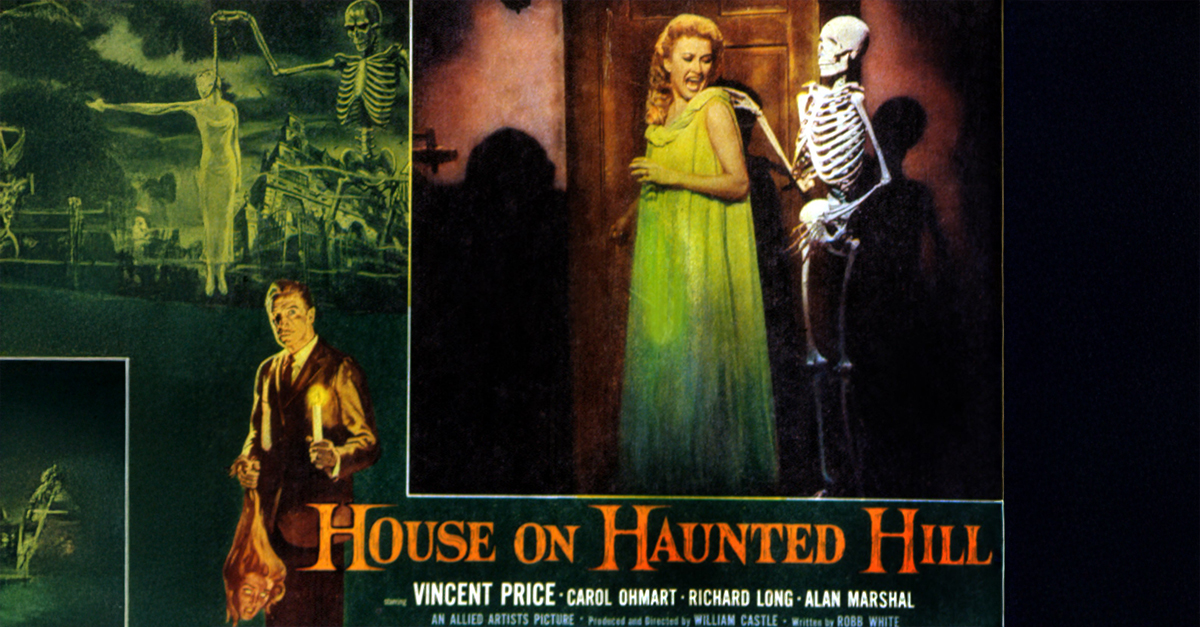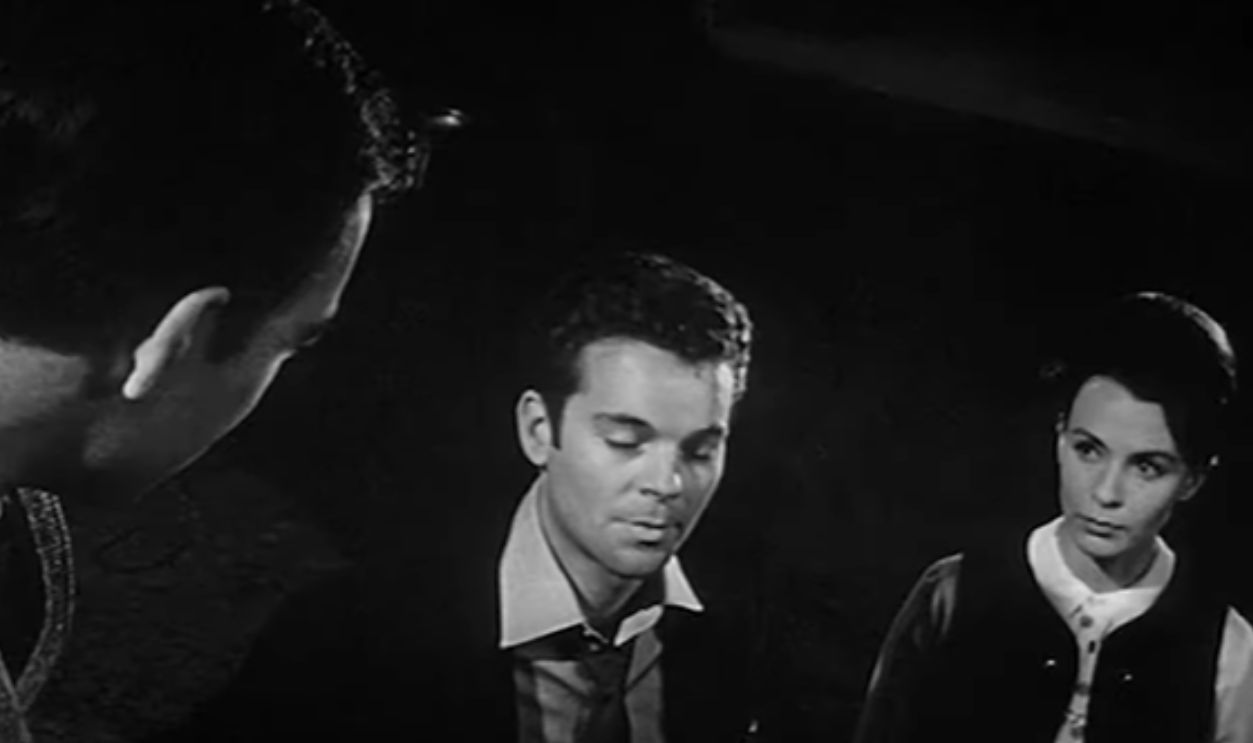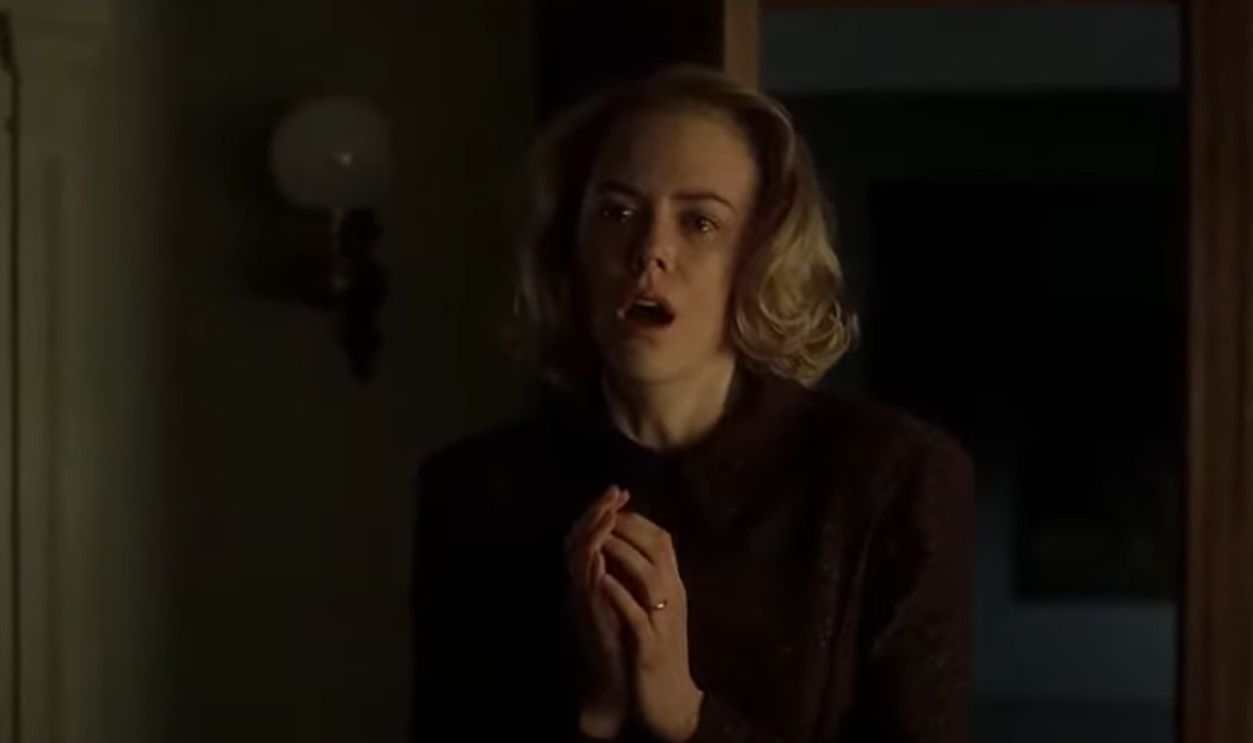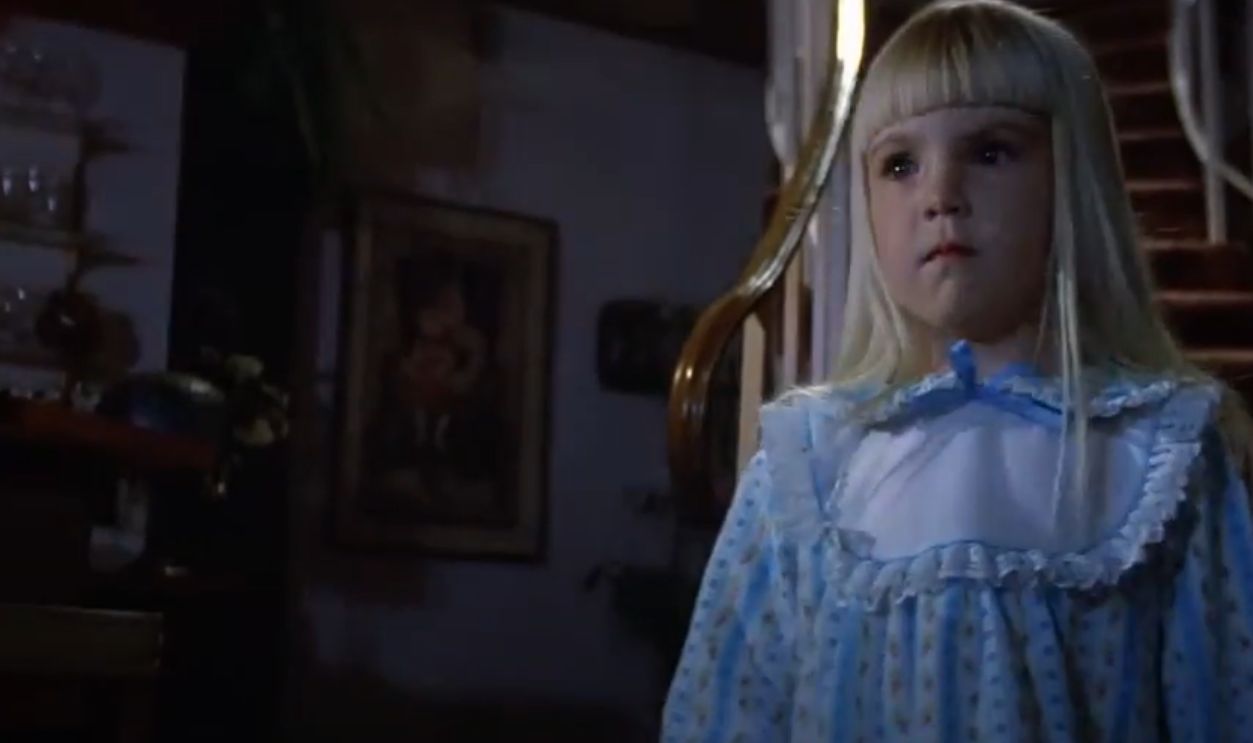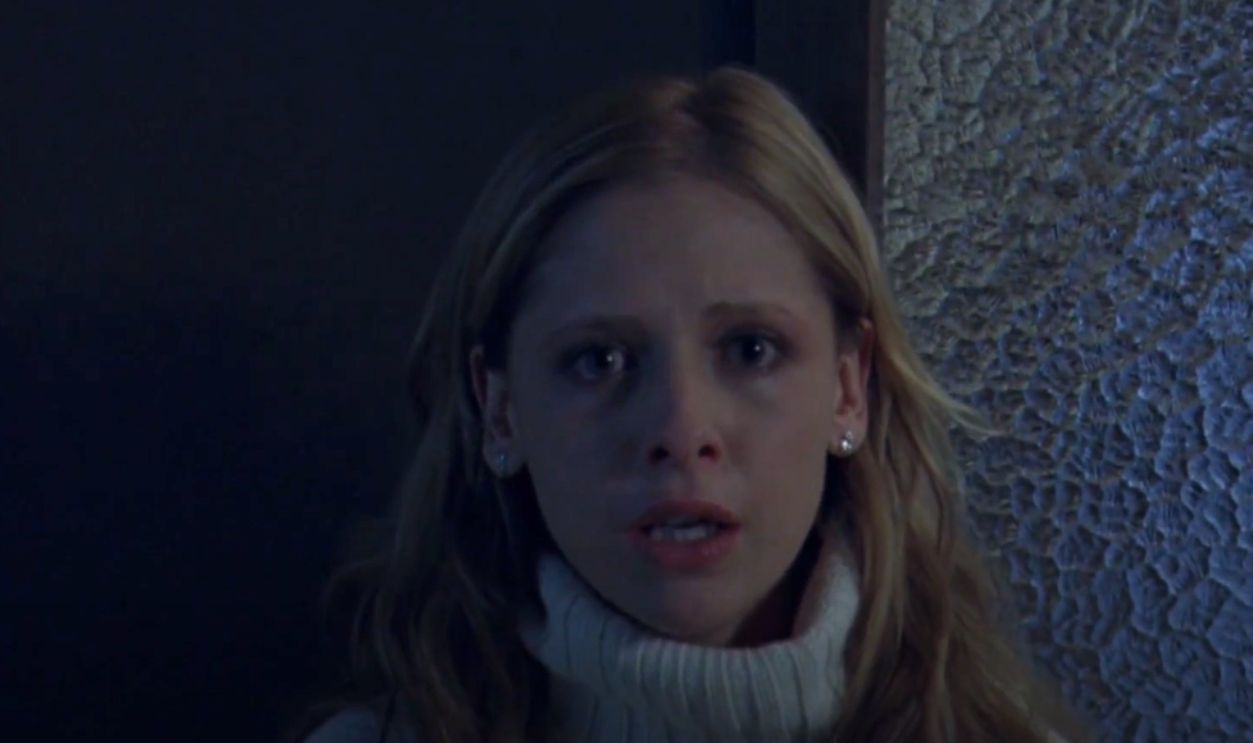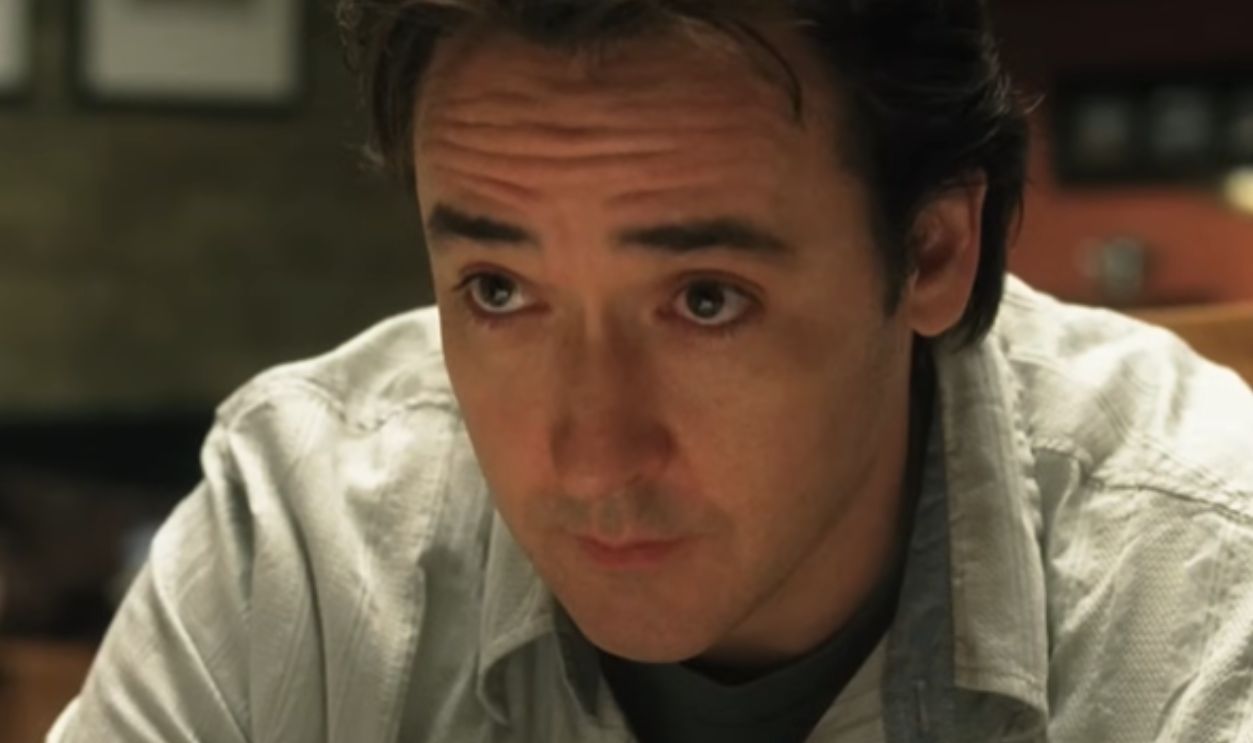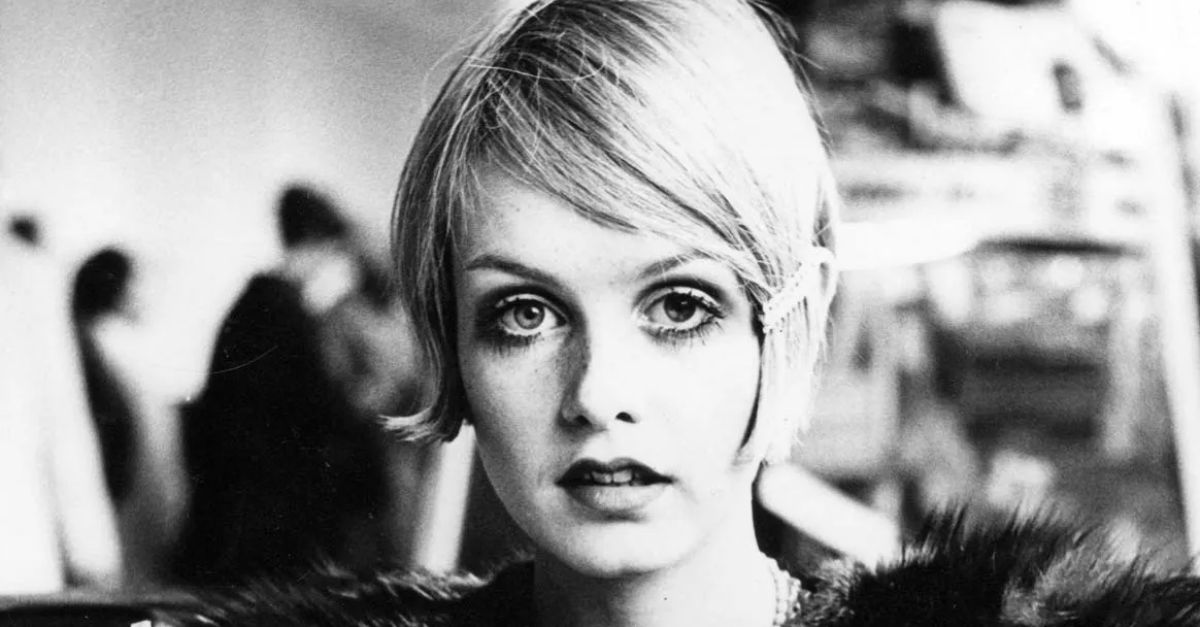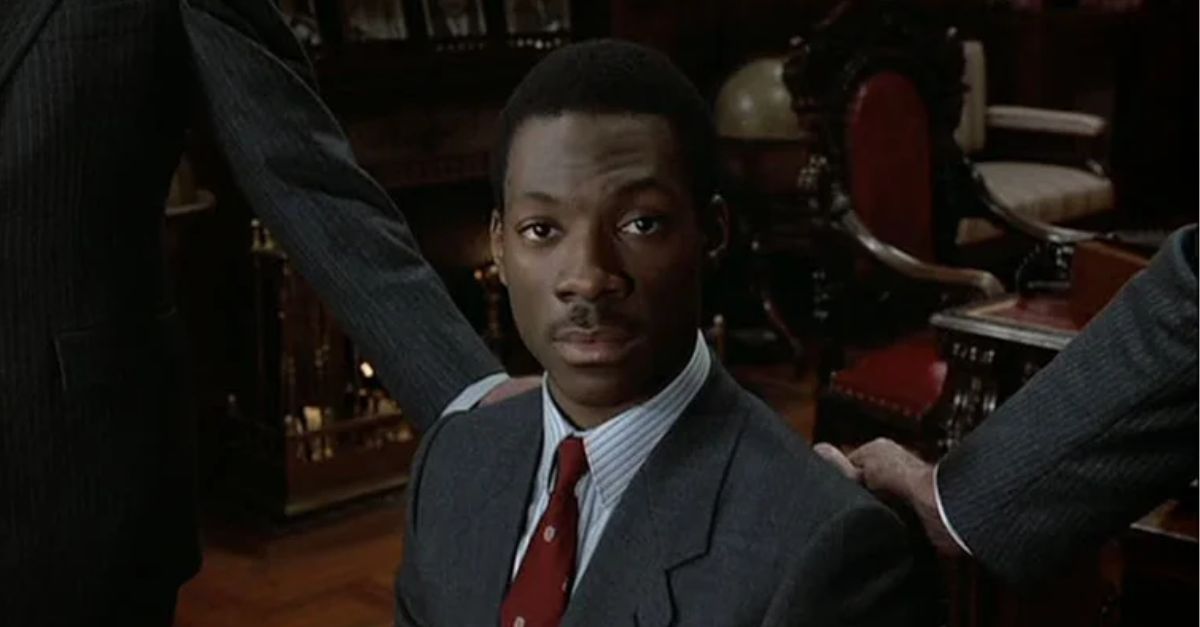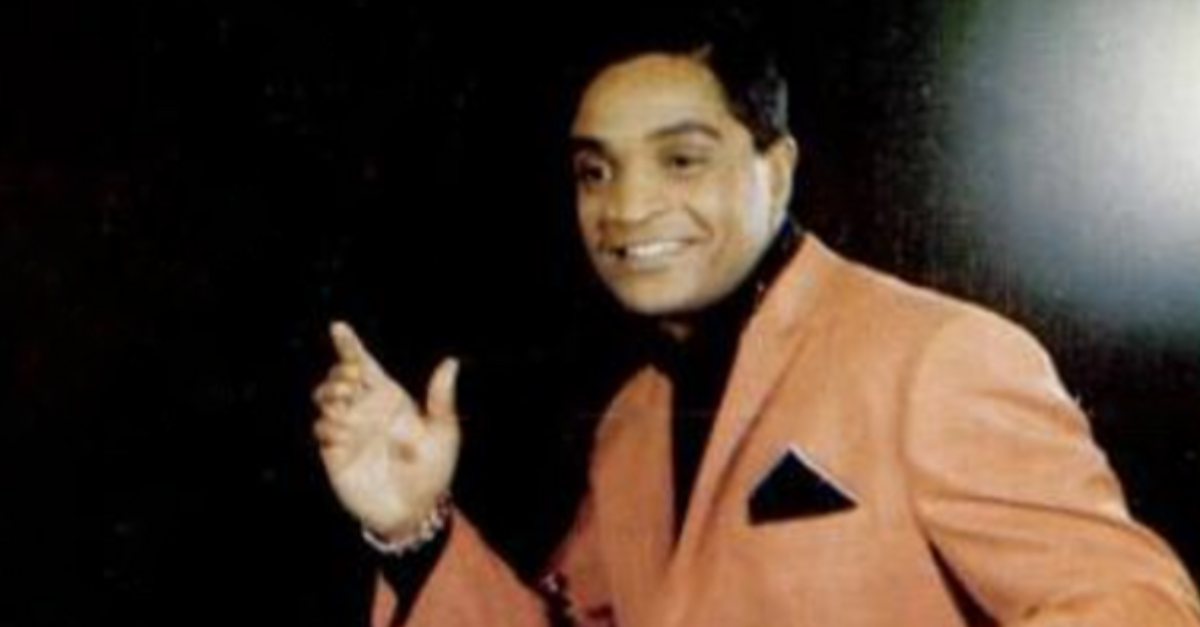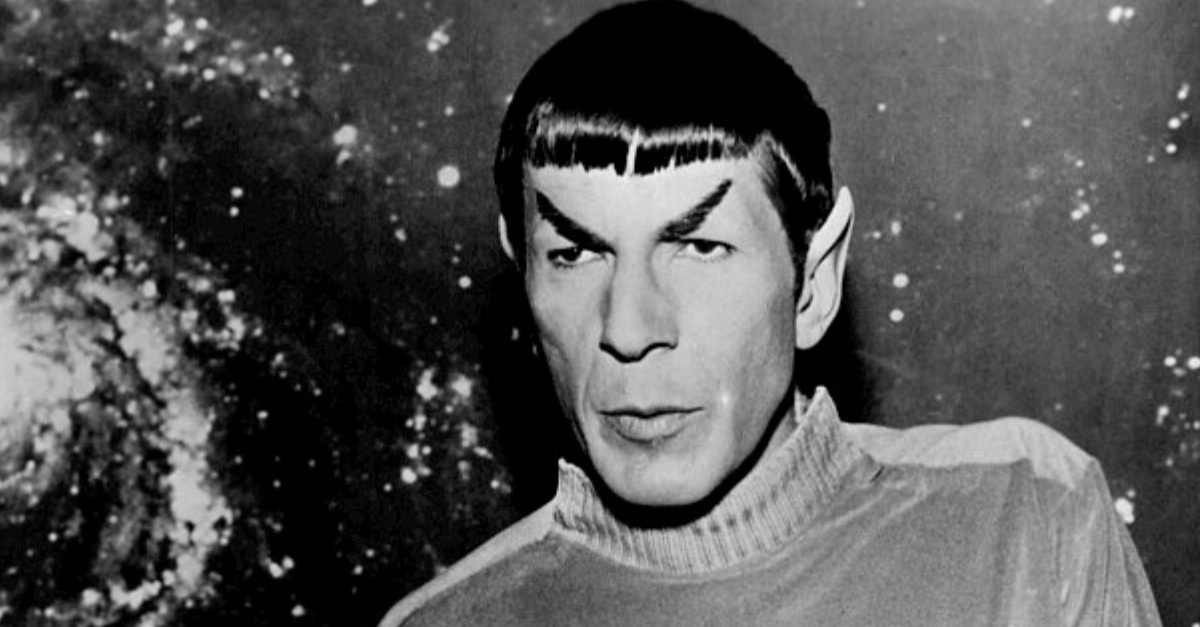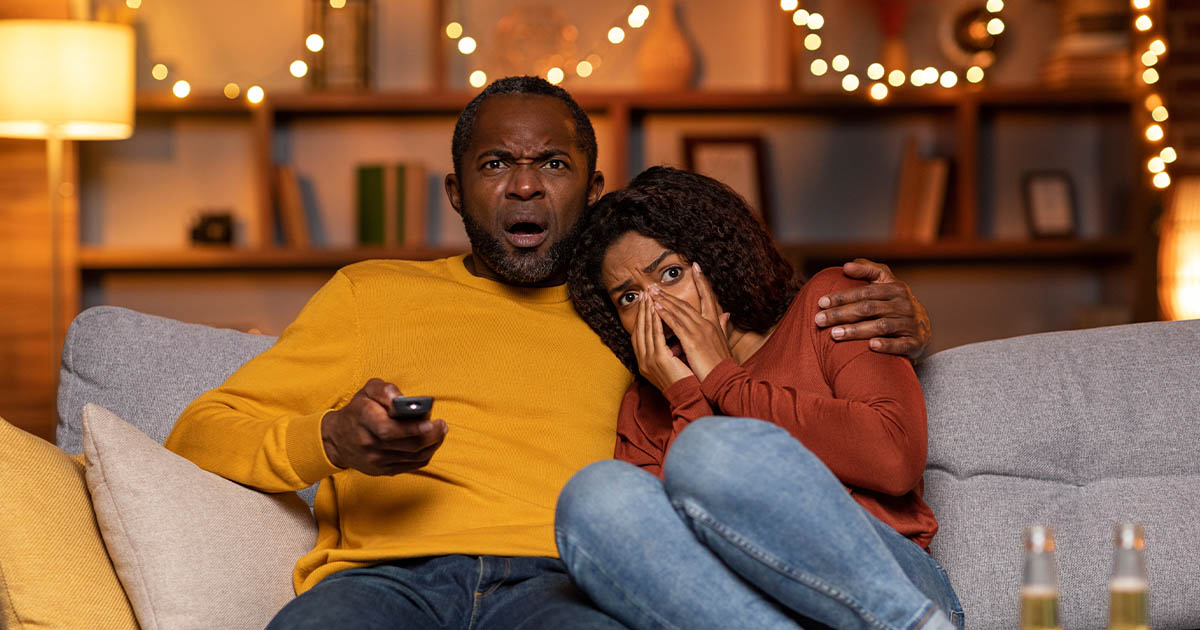The Great Haunted House Film
The haunted house is horror cinema’s ultimate setting, but it’s also a lot more than that. In the best haunted house films, it's as if the house itself becomes a character, harboring memories, trauma, and fear. Over the decades countless filmmakers have used domestic spaces to explore the uncanny, but a only a few special titles have truly defined the genre.
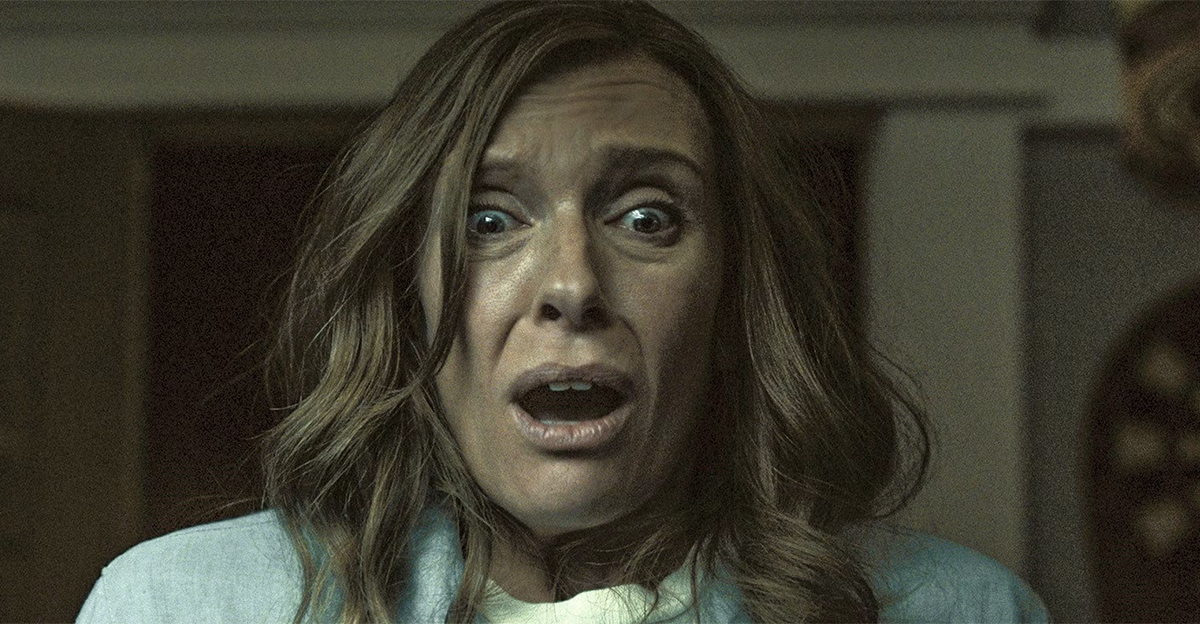
The Changeling (1980)
John Russell (George C Scott) moves into a sedate mansion, only to realize the house already holds someone else’s grief and vengeance. Layered with atmosphere and one of the greatest slow‑burn scares in haunted‑house cinema, director Peter Medak’s film masterfully explores how emotional trauma and architecture can combine to terrify. See it.
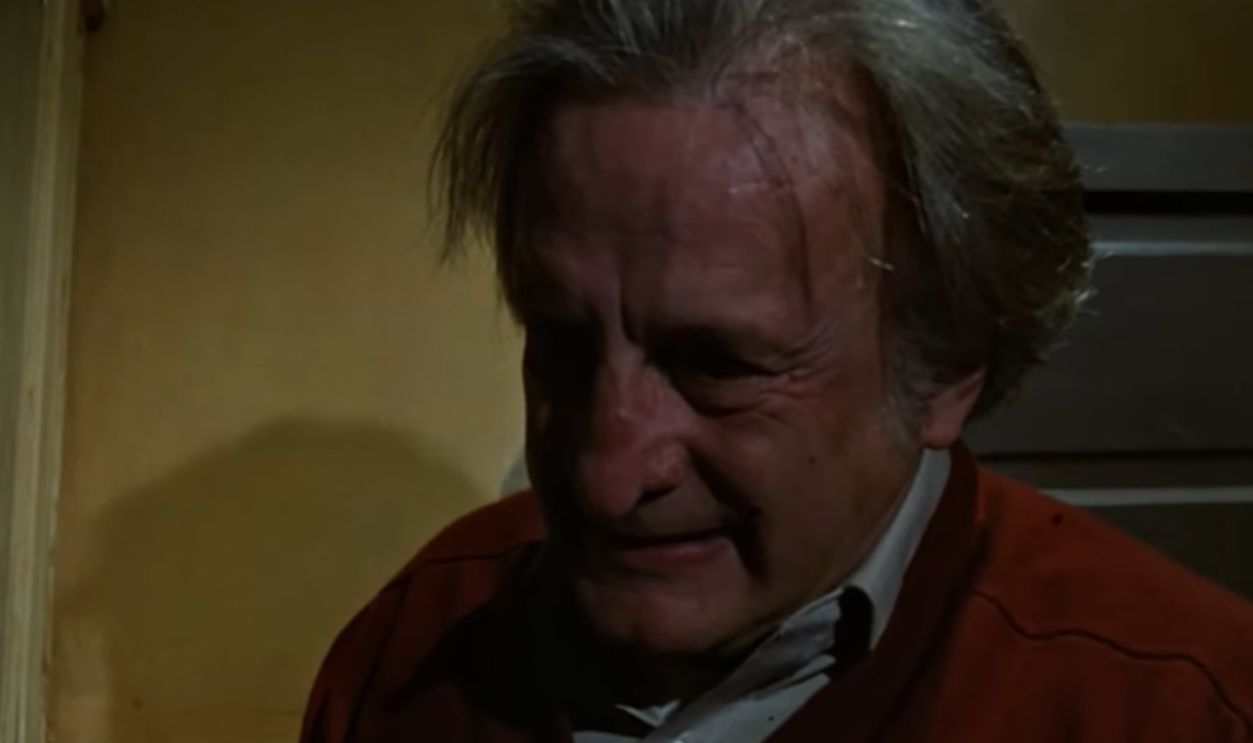 Cineplex Odeon Films, The Changeling (1980)
Cineplex Odeon Films, The Changeling (1980)
The Innocents (1961)
A governess (Deborah Kerr) arrives at a remote estate to care for two children and soon hears chilling voices, an unseen presence, and a house that seems alive. Elegant, psychological and deeply unsettling, the Jack Clayton-directed film stands as one of the most subtle haunted‑house experiences ever filmed.
 20th Century Fox, The Innocents (1961)
20th Century Fox, The Innocents (1961)
The Haunting (1963)
A group of people spend a night at the infamous Hill House as guests of a paranormal investigator. Director Robert Wise’s adaptation of Shirley Jackson’s classic novel remains an auditory and visual masterpiece of dread in a domestic setting.
The Amityville Horror (1979)
A family moves into a Long Island house with a bloody history and soon find their home turning hostile, supernatural and even murderous. Whether you believe the lurid “true story” or not, the film helped anchor the haunted house in American popular culture.
 AIP, The Amityville Horror (1979)
AIP, The Amityville Horror (1979)
The Others (2001)
In a dark grand house on the Channel Islands, a mother (Nicole Kidman) and her photosensitive children make the disturbing discovery that their world may be far more haunted than they imagine. With its clever plot twist and relentless atmosphere, the Alejandro Amenábar-directed film updated the haunted house trope for a new generation.
Poltergeist (1982)
When ghosts invade a family’s new suburban home and abduct their daughter through the TV set, what ensues is the terror at the root of everyday life. This film merged the classic haunted‑house premise with 80s suburban dread and over-the-top special effects.
The Conjuring (2013)
Investigators Ed and Lorraine Warren (Patrick Wilson and Vera Farmiga) enter a 1970s farmhouse to help out a family tormented by unseen malevolent forces. The Conjuring has since become one of modern horror’s most financially successful haunted‑house franchises. With retro esthetics, effective tension and a presentation style reminiscent of true‑crime, this film gave new life to the haunted house genre.
 Warner Bros. Pictures, The Conjuring (2013)
Warner Bros. Pictures, The Conjuring (2013)
The Orphanage (2007)
A woman (Belén Rueda) returns to the orphanage she grew up in, opens it to children again and discovers the house still whispers and remembers. JA Bayona directed this Spanish haunted‑house film that blended grief, loss and the uncanny in a way few other horror films do. The movie is acclaimed for its emotional depth as much as its scares.
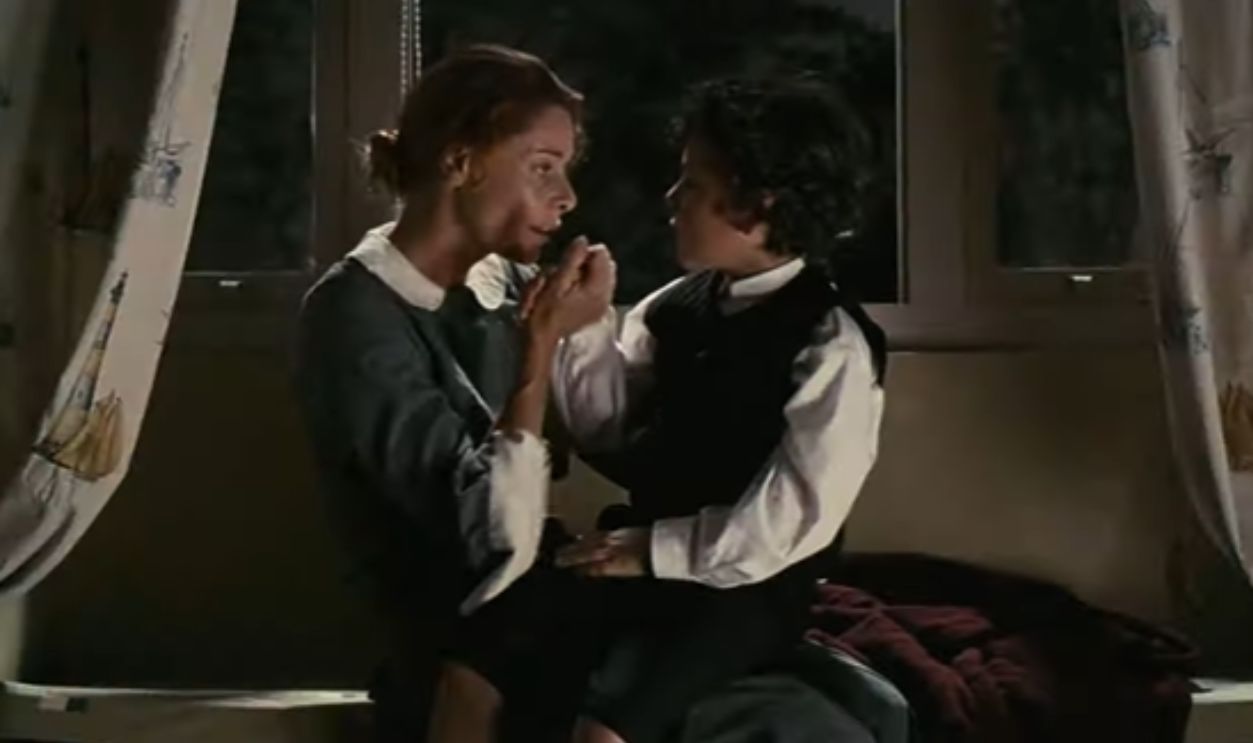 Warner Bros. Pictures Spain, The Orphanage (2007)
Warner Bros. Pictures Spain, The Orphanage (2007)
Crimson Peak (2015)
Set in a decaying gothic mansion filled with ghosts, secrets and shifting corridors, this film starring Jessica Chastain and Mia Wasikowska is a lavish homage to haunted‑house style. Director Guillermo del Toro turned the eerie architecture and convoluted plot into a classic tale of terror.
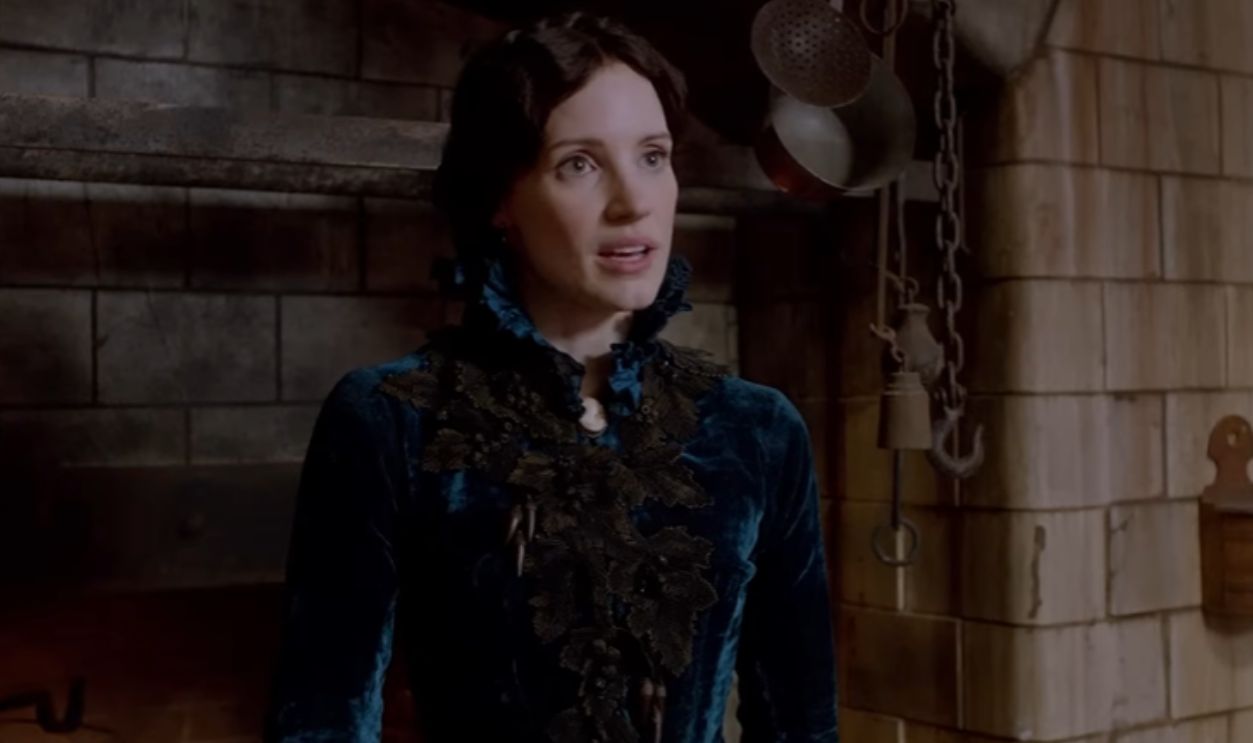 Universal Pictures, Crimson Peak (2015)
Universal Pictures, Crimson Peak (2015)
We Are Still Here (2015)
A grieving couple (Barbara Crampton and Andrew Sensenig) move into a New England house that harbors a dormant menace roused from its slumber by their arrival. This revival‑era haunted‑house film was a wakeup call that the genre still has fresh terrors to offer.
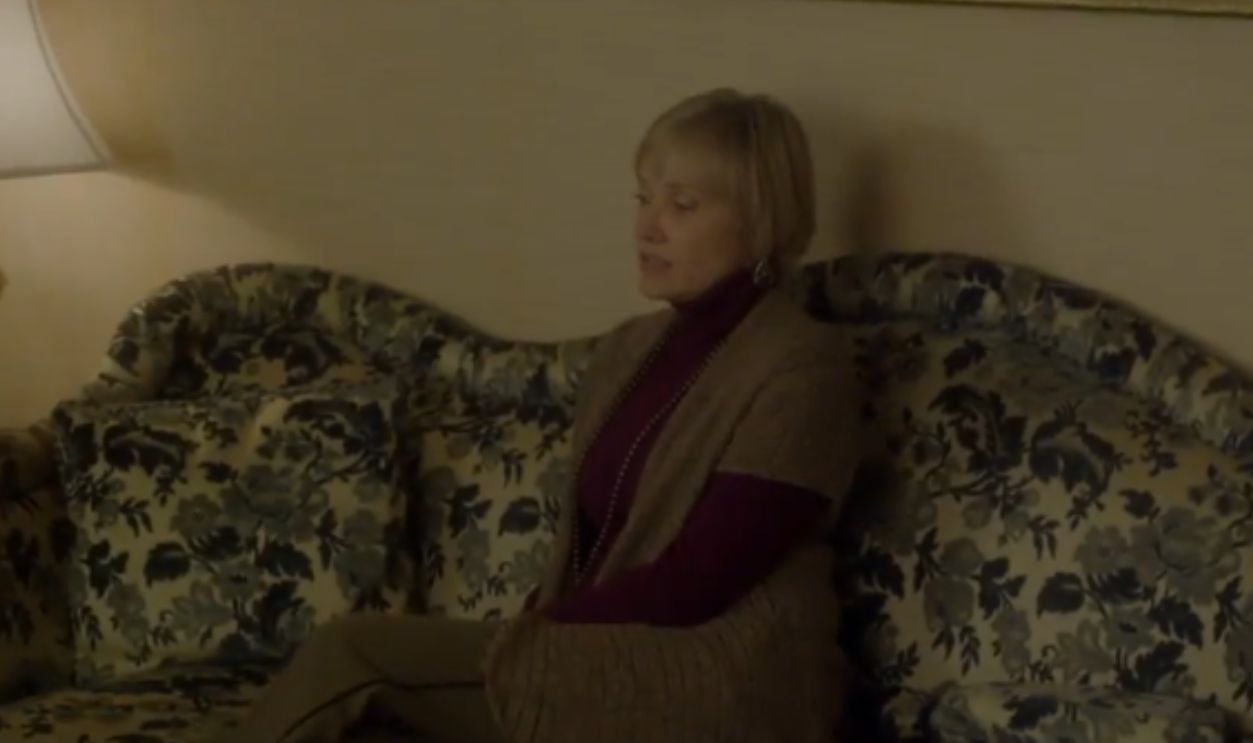 Dark Sky Films, We Are Still Here (2015)
Dark Sky Films, We Are Still Here (2015)
The Legend Of Hell House (1973)
Scientists investigate a notorious manor and find terror incarnate in its walls, not just its spirits. Based on Richard Matheson’s classic novel Hell House, this film blends classic haunted‑mansion tropes with visceral chills and remains a cult favorite. Starring Pamela Franklin and Roddy McDowall.
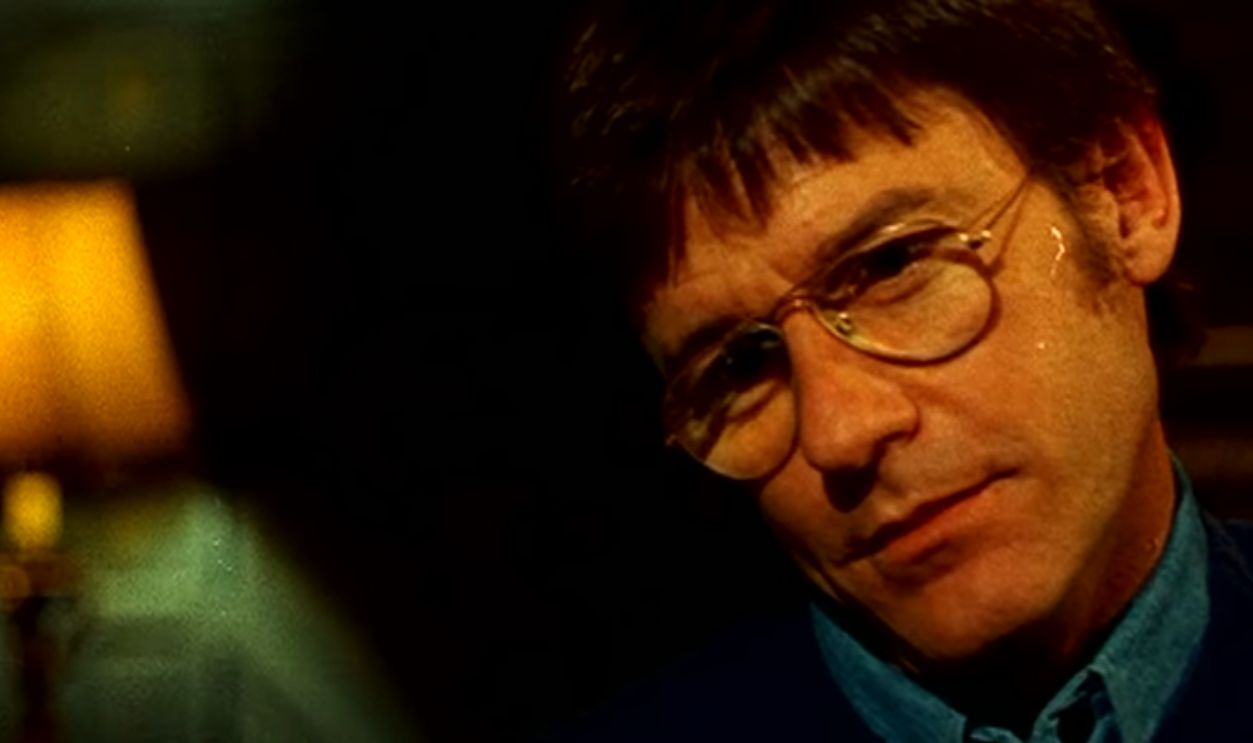 20th Century Fox, The Legend of Hell House (1973)
20th Century Fox, The Legend of Hell House (1973)
The Grudge (2004)
Sarah Michelle Gellar plays an American nurse in Tokyo who discovers a curse born in a haunted house that kills anyone who enters it. The rage-borne curse ventures beyond the house’s walls. With an oppressive atmosphere that refuses to let go, this film shows the haunted house can be mobile, merciless and unforgettable.
House on Haunted Hill (1959)
Guests invited to a party in a spooky old mansion must survive the night to win a cash prize while the house itself conspires against them. A Vincent Price classic that defines the haunted‑house game of survival, suspicion and walls that close in on you.
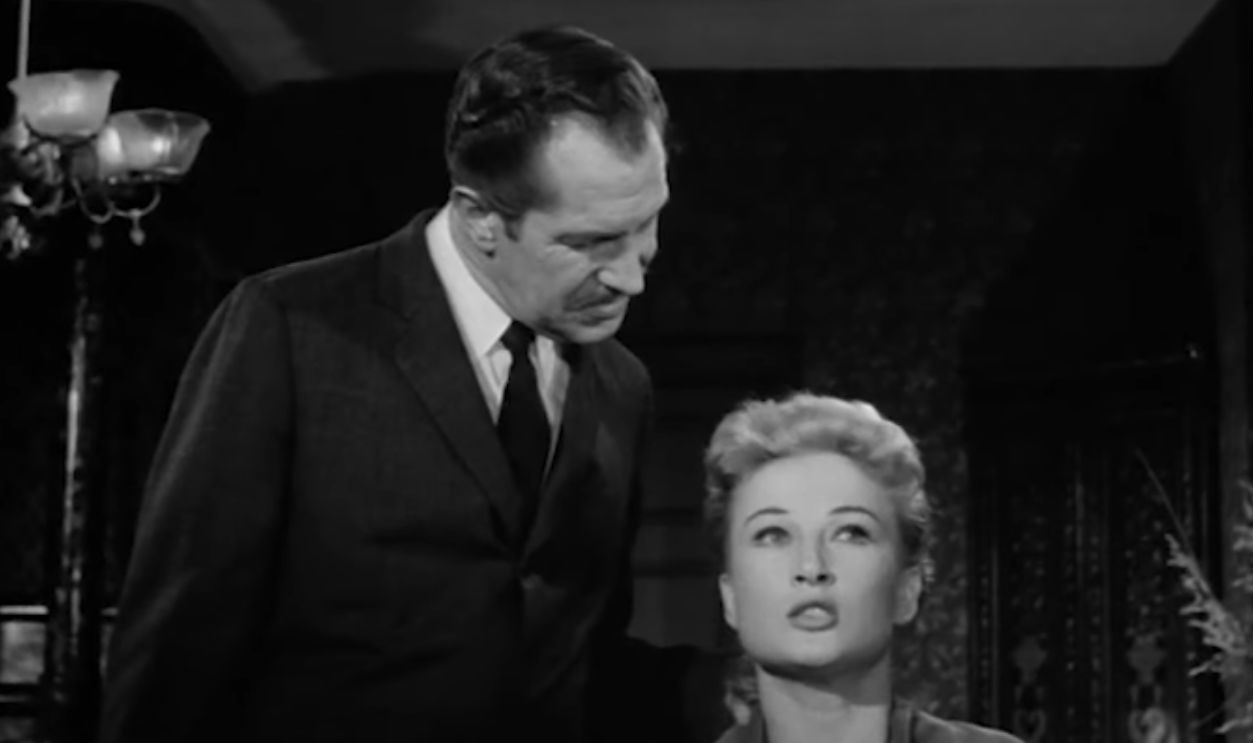 Allied Artists Pictures, House on Haunted Hill (1959)
Allied Artists Pictures, House on Haunted Hill (1959)
Lake Mungo (2008)
A family wrestles with loss and inexplicable events after their daughter drowns and returns to haunt their home. Directed by Joel Anderson, the Australian haunted‑house drama uses found footage to deliver a slowly mounting sense of inevitable dread.
 SBS independent, Lake Mungo (2008)
SBS independent, Lake Mungo (2008)
The Haunted Mansion (2003)
A family mansion becomes a spectral trap filled with comedic ghosts, tragic back‑stories and escalating supernatural chaos. This one is a lot lighter in tone so you can relax a bit, but the film is a good example of how haunted‑house stories can balance scares with family dynamics and dark humor. With Eddie Murphy, Terence Stamp, Wallace Shawn, and Jenifer Tilly.
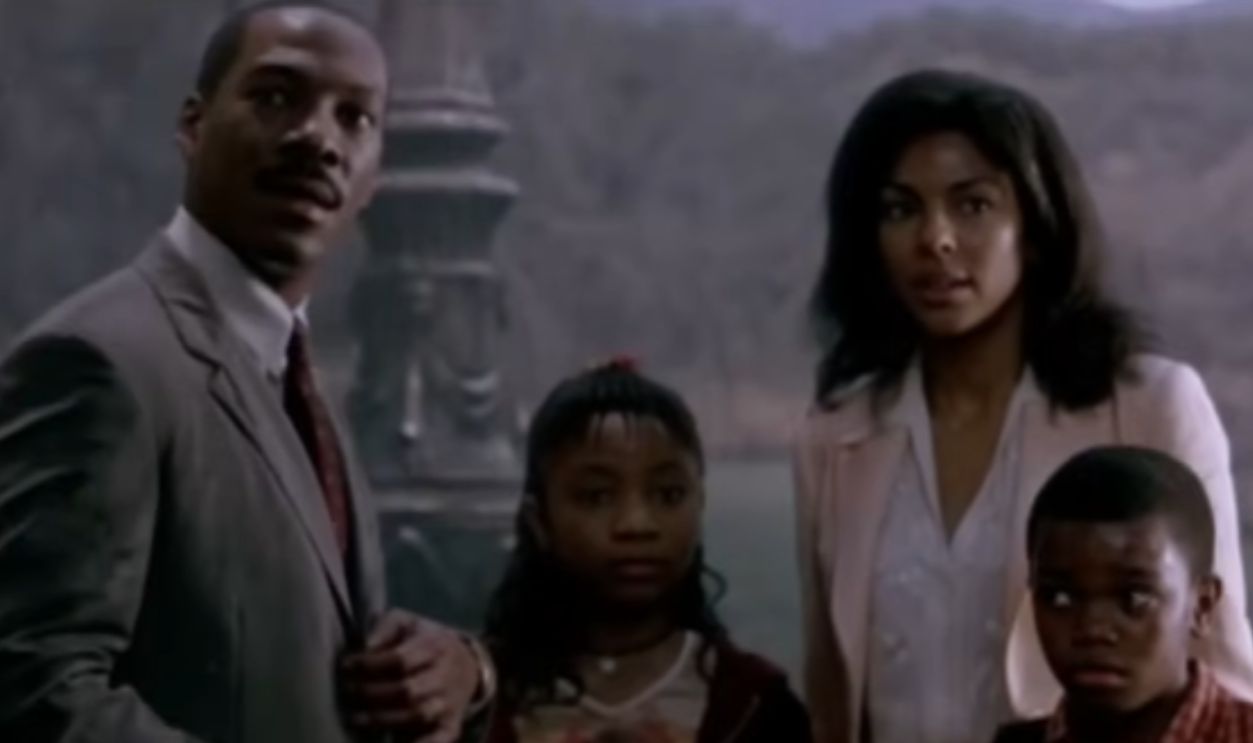 Walt Disney Pictures, The Haunted Mansion (2003)
Walt Disney Pictures, The Haunted Mansion (2003)
The Shining (1980)
A remote hotel in the Rockies turns into a haunted labyrinth of violence, cold dread, and projected madness as a family’s winter caretaker (Jack Nicholson) succumbs to the hotel’s malevolence. Stanley Kubrick turned the haunted house into a sprawling, icy nightmare that had a major influence on horror filmmaking.
 Warner Bros., The Shining (1980)
Warner Bros., The Shining (1980)
Insidious (2010)
A home becomes a gateway into a realm of fear when a family's comatose son begins venturing into a spiritual plane filled with demonic forces. This haunted‑house film uses modern metaphysics to reinvent the classic plot: the house is haunted, but also acts as a portal. Directed by James Wan, who also directed The Conjuring and Saw (2004).
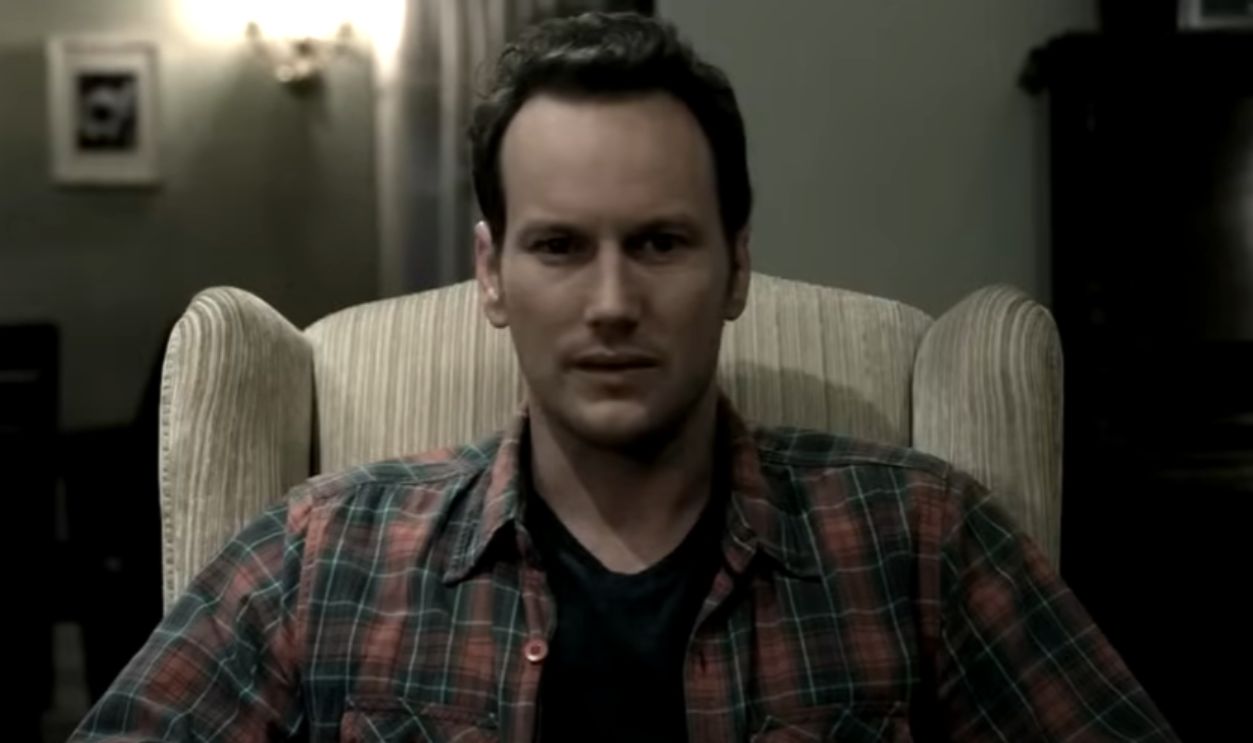 FilmDistrict, Insidious (2010)
FilmDistrict, Insidious (2010)
1408 (2007)
A skeptical writer (John Cusack) checks into a notoriously haunted hotel room and finds the space reshapes reality, memory, and fear against him. Though a hotel room and not a house, the confined room becomes a haunted‑house in microcosm, a powerful twist on the genre. Based on a short story by Stephen King.
Hereditary (2018)
When a family moves into a secluded house after a death, they soon discover the house is charged with grief, occultism and a terrifying generational secret. The movie is filled with intense performances, most notably that of Toni Collette. The Ari Aster-directed film proves that a haunted house can be psychological, spectral and tragically domestic all at once.
The Haunting In Connecticut (2009)
How would you like to find out that the house you just moved into was once a funeral home? That’s the premise of this tale of a family that finds spectral forces tied to a grim past still haunting the walls around them. Starring Virginia Madsen, Kyle Gallner, and Martin Donovan.
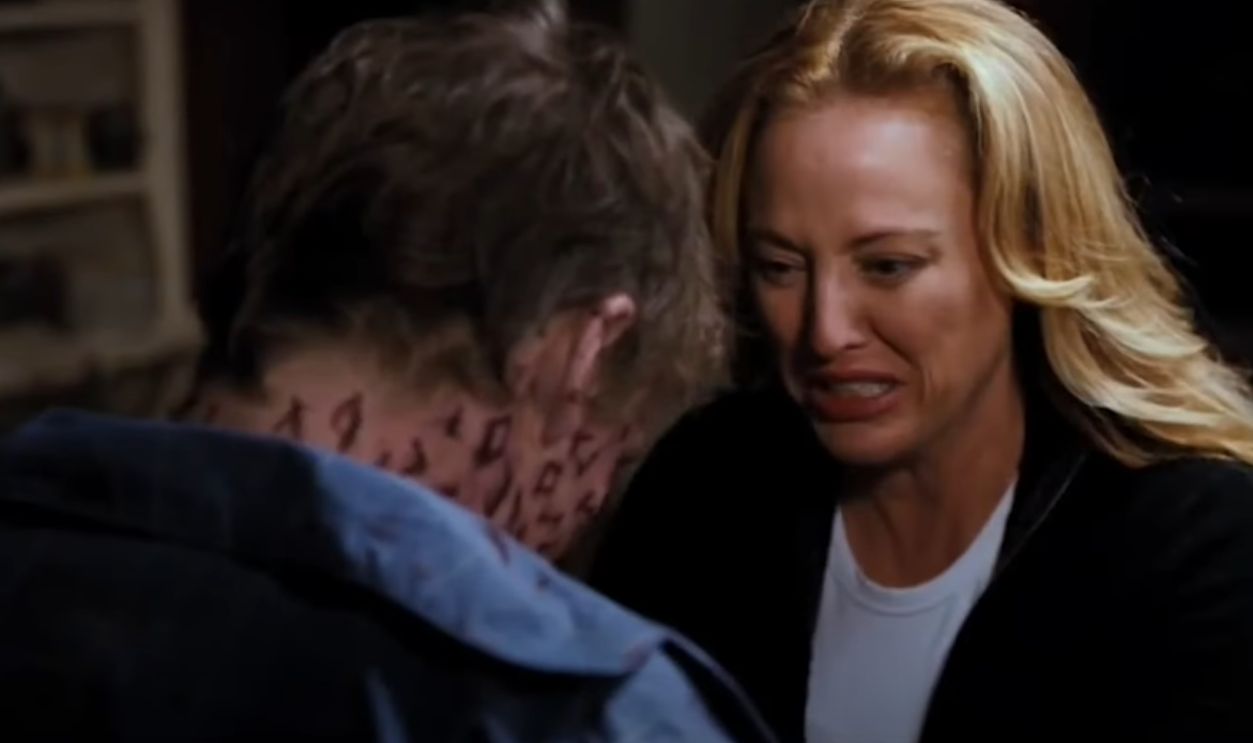 Lionsgate, The Haunting in Connecticut (2009)
Lionsgate, The Haunting in Connecticut (2009)
The Woman In Black (2012)
A solitary lawyer (Daniel Radcliffe) is sent to a remote house and meets persistent ghosts and a sense of doom. The film is in the classic haunted manor tradition and the idea of a malevolent spirit from the past seeking vengeance in the present.
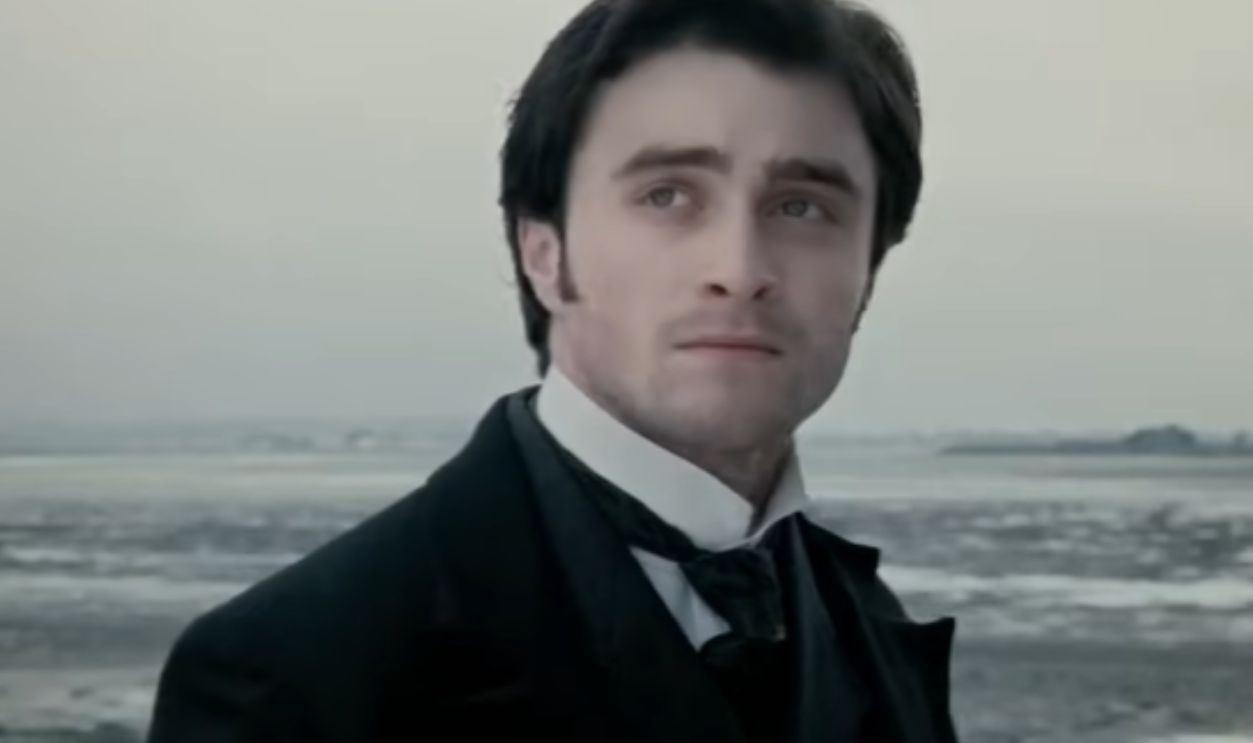 Momentum Pictures, The Woman in Black (2012)
Momentum Pictures, The Woman in Black (2012)
Sinister (2012)
A crime writer (Ethan Hawke) moves into a house where a family was murdered and discovers home video tapes that slowly drag him into a supernatural cycle. The house isn’t the sole antagonist here, but the film uses the domestic space as a vector of horror, an update of the old haunted house model for today’s audiences.
 Summit Entertainment, Sinister (2012)
Summit Entertainment, Sinister (2012)
The Tenant (1976)
Roman Polanski’s The Tenant (1976) turns a Paris apartment into a vessel of psychological terror rather than supernatural horror. As the tenant (Polanski) succumbs to paranoia and identity loss within its oppressive walls, the film suggests that the most terrifying hauntings don’t always come from ghosts, but from the disintegration of the human mind itself.
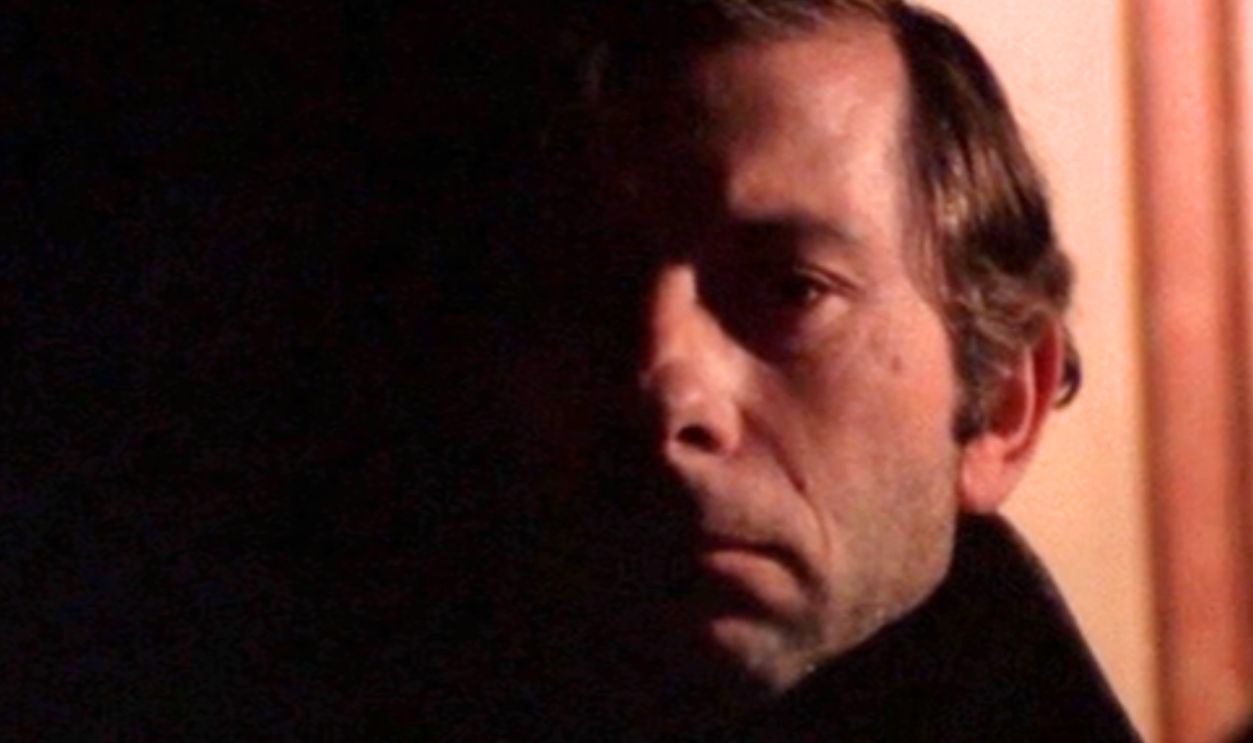 Paramount Pictures, The Tenant (1976)
Paramount Pictures, The Tenant (1976)
You May Also Like:
Creature Features So Terrifying They Almost Seemed Real
The Best And Worst Bruce Campbell Films, According To Fans

